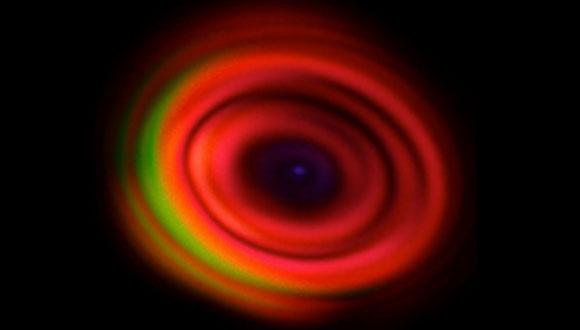LMI Seminar: Optical Spectroscopic Characterization of Skin Injury
Prof. Adam Wax, Dept. of Biomedical Engineering, Duke University
Abstract:
Clinical evaluation of skin viability shortly after injury or surgery plays an important role in determining future treatment plans. However, clinical evaluation relies on subjective visual and tactile inspection, which provide limited accuracy or other techniques which may have limited efficacy or are difficult to use.. Our group has developed optical methods for depth resolved spectroscopic measurements based on coherence imaging. Through development of time-frequency analysis methods of optical signals, we have shown imaging of in vivo distribution of molecules such as hemoglobin, including its oxygenation state and contrast agents such as fluorescein. In our recent work, we have focused on considerations for clinical evaluation of skin injury. Technical advances include increasing penetration depth of optical imaging and characterizing spectroscopic changes in response to burn injury and surgical intervention using an animal model. Our results show the ability to discriminate burn severity based on depth resolved optical spectroscopic data and new approaches for improving depth penetration, suggesting that there may be a role for this technology in the clinic.


